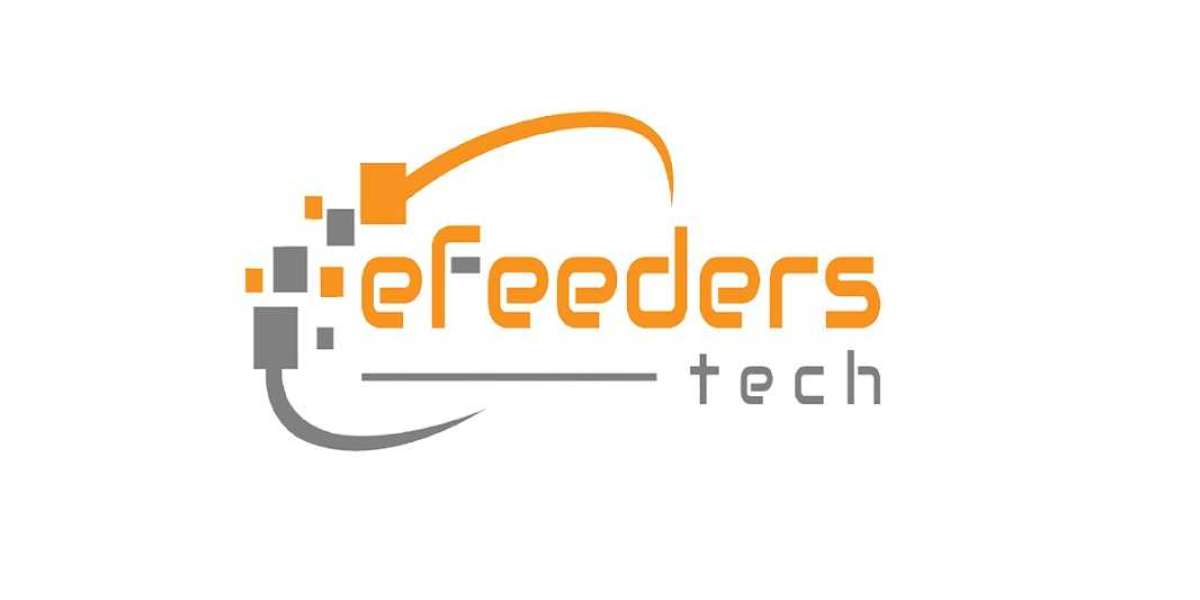Introduction:
Quantum computing is a new and emerging field of computing that harnesses the properties of quantum mechanics to perform certain computational tasks more efficiently than classical computers. While classical computers use bits, which can be either 0 or 1, quantum computers use quantum bits or qubits, which can exist in a superposition of states and can be entangled with each other. This gives quantum computers the ability to perform certain operations exponentially faster than classical computers. However, building a functional quantum computer is an incredibly difficult task, and there are several different approaches that researchers are taking to construct one. In this article, we will provide an overview of the different types of quantum computing architecture.
Quantum Gate Model
One of the most commonly studied types of quantum computing architecture is the quantum gate model. In this model, quantum bits are manipulated using quantum gates, which are analogous to the logic gates used in classical computing. Quantum gates can be used to perform operations such as NOT, AND, and XOR on qubits, which allows quantum algorithms to be implemented. The quantum gate model is based on the circuit model of computation and is similar to the way classical computers are built using transistors. However, building a large-scale quantum computer using the quantum gate model is extremely challenging due to the delicate nature of qubits and the difficulty of controlling their interactions.
Adiabatic Quantum Computing
Another approach to quantum computing is adiabatic quantum computing (AQC). In AQC, the state of the quantum system is changed slowly from an initial state to a final state, in a way that preserves the quantum properties of the system. This process is known as adiabatic and can be used to perform computations. The idea behind AQC is that the final state of the quantum system encodes the solution to a computational problem. An adiabatic quantum algorithm begins with a known initial Hamiltonian and slowly changes it to a final Hamiltonian that encodes the solution to a problem. By the Adiabatic theorem, the system will remain in its ground state during this process if the change is slow enough.
Topological Quantum Computing
Topological quantum computing (TQC) is a type of quantum computing that uses the properties of topological phases of matter to protect qubits from errors. The basic idea behind TQC is to encode qubits in the ground state of a topological system, which is highly robust against local perturbations. This is different from conventional quantum computing, where qubits are stored in the ground state of a single particle or a few-particle system. In TQC, the qubits are encoded in the ground state of many-body topological systems, making them much more robust against noise and errors.
Quantum Annealing
Quantum annealing (QA) is an optimization algorithm that uses quantum-mechanical phenomena to find the global minimum of a function. It is based on the physical process of annealing, which involves slowly cooling a material to reduce its energy. The goal of QA is to find the global minimum of a classical energy function by mimicking the process of thermal annealing using quantum mechanics. In QA, quantum fluctuations are used to escape local minima, allowing the system to find the global minimum.
Continuous-variable quantum computing
Continuous-variable quantum computing (CVQC) is another approach to quantum computing that use a set of continuous-valued variables instead of the discrete variables of qubits. In this approach, the basic unit of information is a quantum harmonic oscillator (QHO
), which can exist in a superposition of states and can be entangled with other QHOs. CVQC has the potential to be more resilient to certain types of errors and noise compared to qubits-based quantum computing. Furthermore, CVQC can also be implemented using existing technology such as optical systems, which could make it easier to build and scale up a functional quantum computer using this approach.
Conclusion
In conclusion, there are several different approaches to building a functional quantum computer, each with its own set of challenges and potential benefits. The quantum gate model is based on the circuit model of computation and is similar to classical computers, but is challenging to build due to the delicate nature of qubits. Adiabatic quantum computing slowly changes the state of a quantum system to perform computations, and topological quantum computing uses the properties of topological phases of matter to protect qubits from errors. Quantum annealing is an optimization algorithm that uses quantum mechanics to find the global minimum of a function. Continuous-variable quantum computing uses continuous-valued variables instead of qubits and has the potential for being more resilient to certain types of errors and noise. While research and development in all these areas is ongoing, it is likely that a combination of these approaches will be used to build a large-scale, functional quantum computer.







